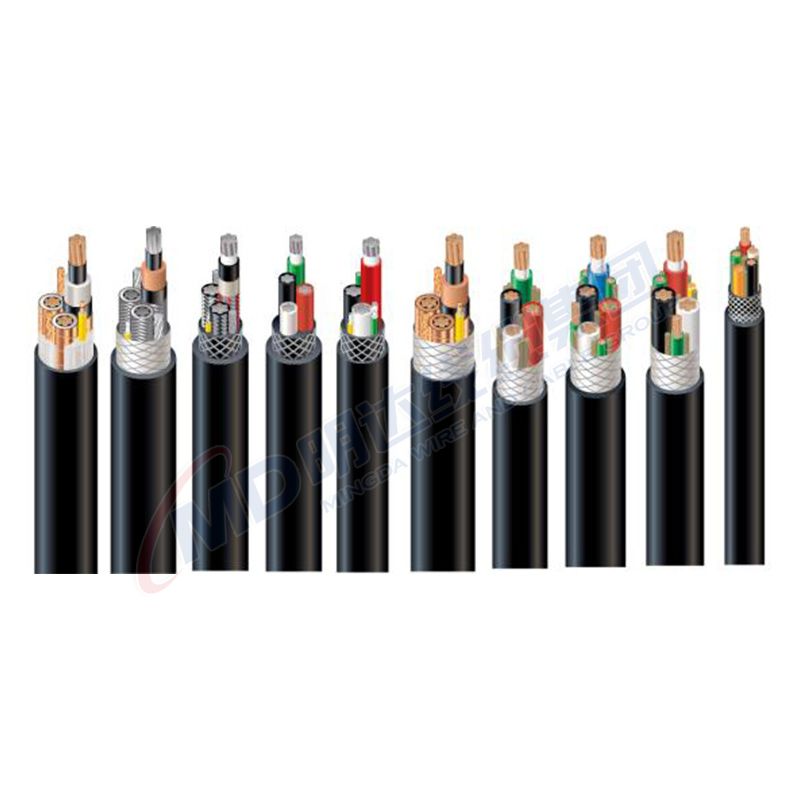Dec . 06, 2024 19:45 Back to list
hydraulic control valve
Understanding Hydraulic Control Valves Key Components in Fluid Power Systems
Hydraulic control valves are essential components in fluid power systems, playing a crucial role in the management and regulation of fluid flow. These valves are designed to control the pressure, flow, and direction of hydraulic fluid, thereby enabling the operation of various machinery and equipment across multiple industries, including construction, manufacturing, and aerospace.
The Fundamentals of Hydraulic Control Valves
At a basic level, hydraulic control valves work by manipulating the hydraulic fluid in a system, ensuring that machinery operates efficiently and effectively. They can serve various purposes, such as starting, stopping, or redirecting the flow of hydraulic fluid. The architecture of a hydraulic valve can vary significantly, but most designs include an inlet, outlet, and a mechanism for controlling the passage of fluid (usually a spool or poppet).
One of the most critical functions of a hydraulic control valve is to maintain system pressure. This function is typically managed through pressure relief valves, which open at a preset pressure to prevent excessive pressure buildup that can lead to system failure or damage.
Types of Hydraulic Control Valves
There are several types of hydraulic control valves, each designed for specific applications and performance requirements
1. Directional Control Valves These valves determine the flow path of the hydraulic fluid. By redirecting flow, they allow for various motions in hydraulic cylinders or motors. Commonly used in hydraulic systems, directional control valves can be operated manually, electrically, or hydraulically.
2. Flow Control Valves These valves regulate the speed of hydraulic actuators by controlling the flow rate of the fluid. They can be used to increase or decrease the speed of hydraulic cylinders and are vital for applications requiring precise motion control.
hydraulic control valve

3. Pressure Control Valves As the name implies, these valves control the system pressure. They can be set to open at a specific pressure point to allow excess fluid to bypass and return to the reservoir, thus preventing over-pressure situations. Pressure relief valves and pressure reducing valves fall into this category.
4. Check Valves These valves allow fluid flow in one direction while preventing backflow. They are essential for maintaining pressure and ensuring the proper function of hydraulic systems by avoiding fluid return, which could disrupt operations.
The Importance of Hydraulic Control Valves in Industry
Hydraulic control valves are ubiquitous in various industries due to their versatility and effectiveness in managing hydraulic systems. In the construction industry, for instance, they are integral to the operation of excavators, backhoes, and cranes, allowing for precise control of large-scale machinery needed for construction work.
In manufacturing, hydraulic control valves are used in riveting machines, injection molding machines, and automated assembly systems. Their ability to control the speed and force applied during operations makes them invaluable for achieving high efficiency and accuracy in production processes.
Moreover, in the aerospace sector, hydraulic control valves play a critical role in flight control systems. They help regulate the hydraulic fluid that operates control surfaces like flaps and ailerons, ensuring safe and stable flight.
Conclusion
The functionality of hydraulic control valves is indispensable in modern engineering and technology. Their ability to control the flow, pressure, and direction of hydraulic fluids makes them vital components in numerous applications. As industries continue to advance, the development and innovation of hydraulic control valve technology will remain instrumental in enhancing the efficiency and capability of hydraulic systems. Understanding these valves not only highlights their importance but also emphasizes the need for proper maintenance and monitoring to ensure optimal performance and longevity in any hydraulic application.
Share
-
Reliable Wafer Type Butterfly Valves for Every IndustryNewsJul.25,2025
-
Reliable Flow Control Begins with the Right Ball Check ValveNewsJul.25,2025
-
Precision Flow Control Starts with Quality ValvesNewsJul.25,2025
-
Industrial Flow Control ReliabilityNewsJul.25,2025
-
Engineered for Efficiency Gate Valves That Power Industrial PerformanceNewsJul.25,2025
-
Empowering Infrastructure Through Quality ManufacturingNewsJul.25,2025


